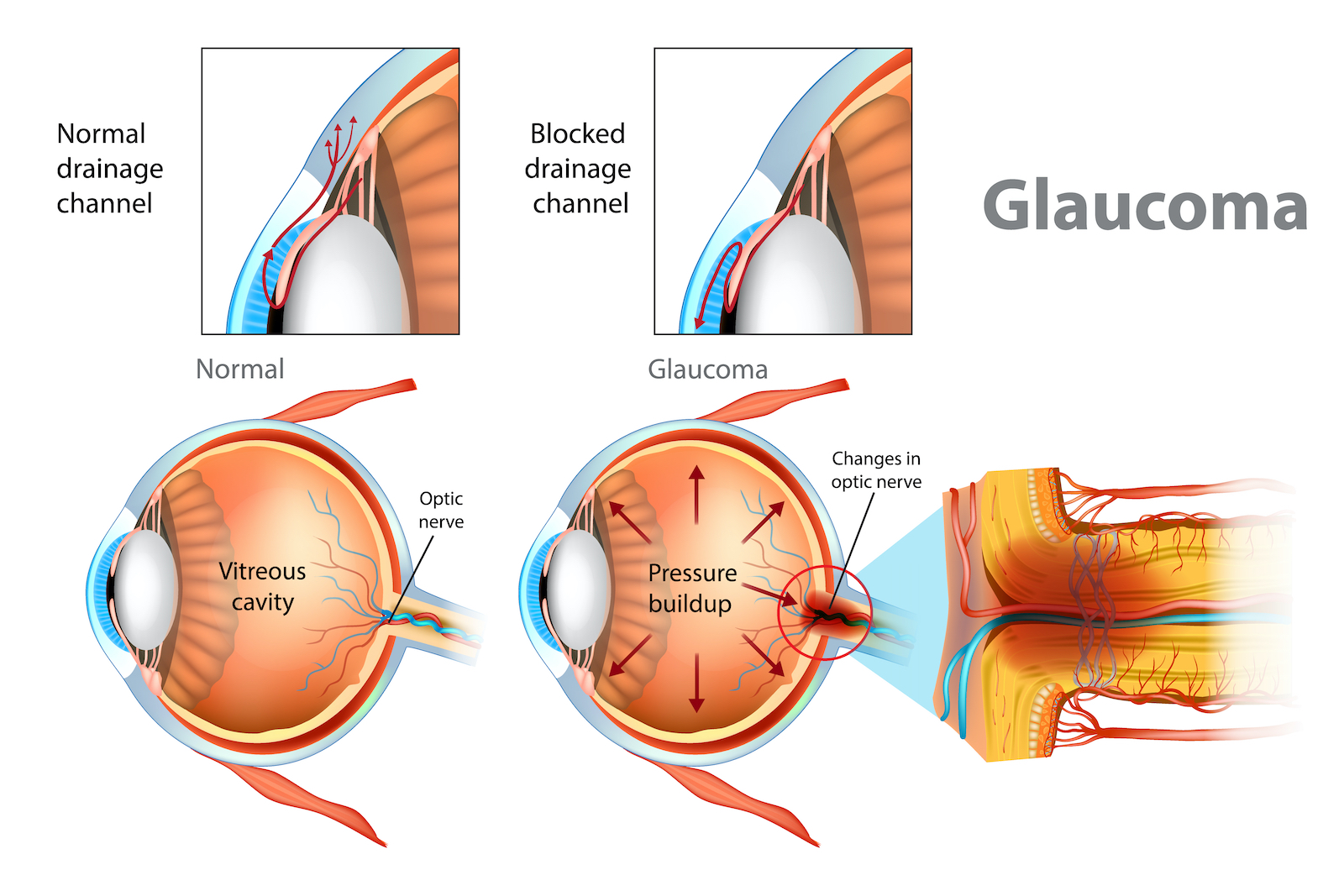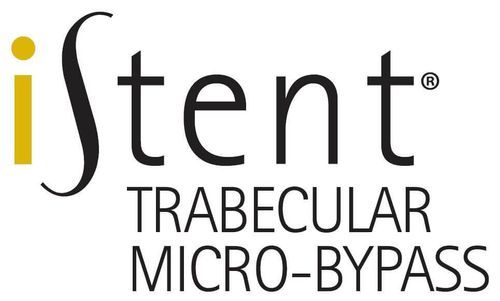
At Heathrow Surgical Center, we offer different options for glaucoma treatment depending on your specific condition including research procedures for glaucoma. For some patients who also have cataracts, we can provide concurrent glaucoma surgery to decrease the intraocular pressure and stop the further progression of the disease.
We also offer other surgical treatments such as MIGS, shunts, drainage devices, or the creation of a flap to allow filtration, all with the goal of reducing the pressure in the eye.
Glaucoma is a group of eye conditions that occurs when there’s damage to the optic nerve. The optic nerve has millions of nerve fibers that live in the retina.
Your optic nerve is responsible for translating what you see into images your brain can interpret and understand. When light enters your eye, it focuses on the retina. If you’ve had any damage to the optic nerve, it’s permanent and irreversible.
Damage to the optic nerve from glaucoma occurs due to high intraocular pressure (IOP). Intraocular pressure is the pressure inside the eye.
When the pressure in the eye is too high, it can lead to vision loss or blindness.

Part of what makes glaucoma such a concerning eye condition is there are few discernible or noticeable symptoms. Glaucoma is often called the secret thief of sight because most patients don’t realize they have the eye condition until permanent vision loss has already occurred.
The signs of glaucoma differ depending on what kind of glaucoma a patient has. With open-angle glaucoma, which is the most common kind, symptoms may include the following:
Most of these symptoms will not occur until the later stages of open-angle glaucoma. Many patients with open-angle glaucoma in its early stages may not experience symptoms for some time at all.
Another kind of glaucoma, closed-angle glaucoma, also known as angle-closure glaucoma, has different symptoms. It often comes on suddenly and can cause sudden loss of vision. You may experience these symptoms with closed-angle glaucoma:
If these symptoms come on suddenly, it may be due to acute angle closure glaucoma. Acute angle closure glaucoma is a medical emergency requiring immediate care from your ophthalmologist to avoid permanent vision loss.

At Heathrow Surgical Center, Drs. Barber, Truong, and Akhtari treat patients with glaucoma. How they choose to treat a patient will depend on the severity of their glaucoma, what kind of glaucoma a patient has, and if other treatment options have not worked in the past.
We treat glaucoma in the following ways at Heathrow Surgical Center.
Minimally invasive glaucoma surgeries, or MIGS, refer to minimally invasive glaucoma procedures. These procedures use microscopic instruments to perform small incision surgery.
MIGS are safer for reducing intraocular pressure than traditional glaucoma procedures like trabeculectomy. MIGS procedures aim to improve how fluid can drain from the eye in patients with mild to moderate glaucoma.
Using MIGS can help reduce elevated intraocular pressure. They also have higher success rates and faster patient recovery than traditional glaucoma procedures.
MIGS procedures are often performed in combination with cataract surgery. These patients can undergo cataract surgery with a MIGS device to simultaneously remove cataracts and improve their intraocular pressure.
At Heathrow Surgical Center, we offer the following MIGS procedures to patients:
The Kahook Dual Blade (KDB) is used during trabecular meshwork surgery. The trabecular meshwork is a structure in the eye that helps drain fluid from the eye.
It also helps regulate and manage intraocular pressure. During trabecular meshwork surgery, the Kahook Dual Blade creates small incisions in the meshwork to improve how fluid can flow out of the eye and lowers eye pressure.
The Kahook Dual blade consists of two blades that work together to create a small opening in the eye’s trabecular meshwork. Using the Kahook Dual Blade and performing trabecular meshwork surgery is minimally invasive, allowing patients to recover more quickly.
With the Kahook Dual Blade, patients can experience lower intraocular pressure by improving how fluid can flow from the eye. This can slow glaucoma’s progression while ensuring no further damage to the optic nerve. The Kahook Dual Blade and trabecular meshwork surgery is usually performed during cataract surgery.

The iStent is a tiny medical device that’s only about the size of a grain of rice and is the smallest implantable device approved to use in the human body. The iStent is a micro-bypass stent implanted in the eye to create two bypasses to increase the flow of fluid through the eye’s natural drainage system.
The iStent is best suited for patients with mild to moderate open-angle glaucoma and may be used in conjunction with other treatments like laser procedures or eye drops for optimal results in lowering eye pressure. It’s typically implanted during cataract surgery for patients with glaucoma and cataracts. The iStent is a permanent device that stays in the eye to help lower intraocular pressure.
Do you have glaucoma? Learn more about the treatment options available to you and what may be right for you by contacting us at Heathrow Surgical Center in Lake Mary, FL, today!
